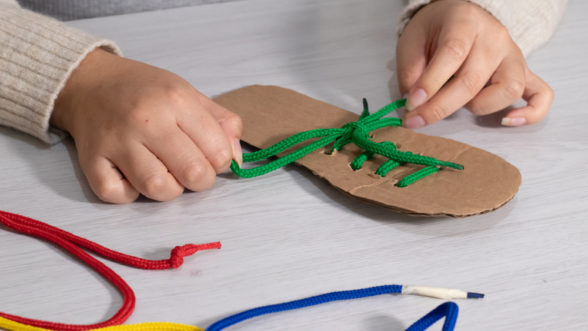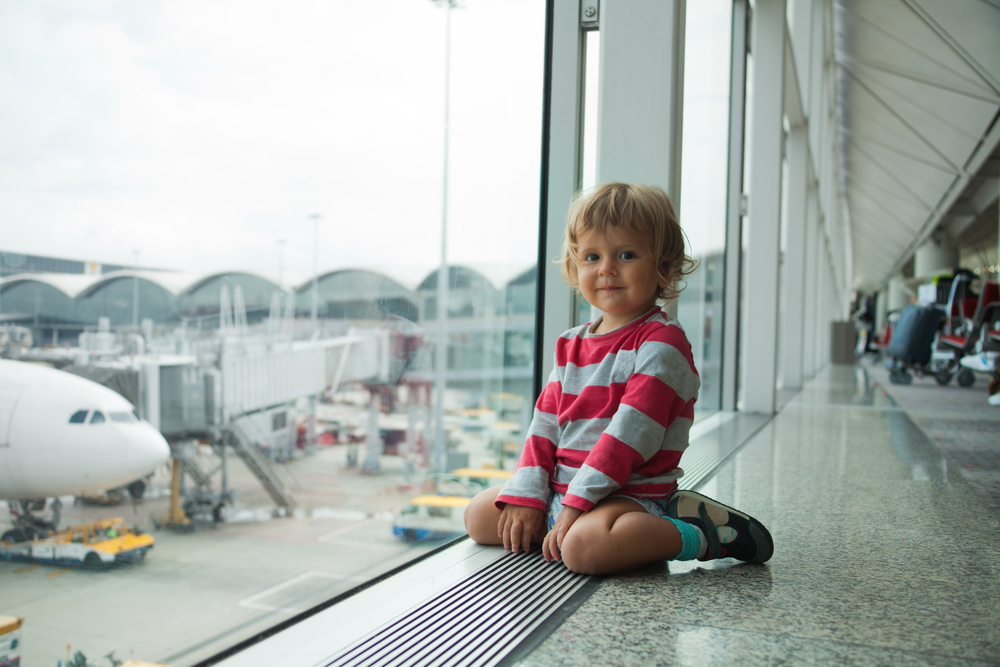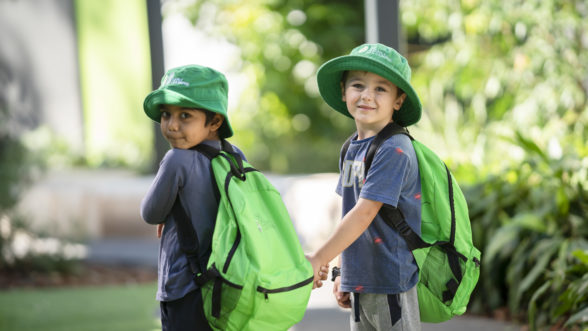
Education, Useful tools
Useful tools
17 December, 2019

We love a holiday as much as the next person, but there’s something about the tantrums, tears and time differences that tends to put us off. It’s all just too hard. Or is it? What if someone came up with a fool-proof guide to long-haul travel, that helped you keep your children and fellow travellers happy and well-rested? It turns out, a little planning goes a long way when it comes to stress-free travel – these are the best ways to ensure your trip is smooth sailing.
From choosing your airline to choosing your seat, there are plenty of ways you can hack the system to make your trip run smoother. Compare all of the airlines that offer flights on your chosen route and read reviews about their family-friendly amenities – they may provide pre-boarding for families, child-specific meals and entertainment, or toys and activity packs to keep the children occupied. Some even offer in-flight nannies, who have undertaken specialist childcare training to provide support for parents – no matter which class you’re seated in – and help entertain children of all ages with activities like arts, craft and face painting.
If possible, book your flights well in advance so that you can choose the best seats together. You can also pre-order baby, toddler and children’s meals (when available) and ensure any dietary requirements and allergies are catered for. If you’re willing to pay a little bit more to guarantee a comfortable flight – whether that’s by choosing a flight with a shorter transit or flight time or breaking up the flights with stopovers. There are a number of ways you can make your journey more pleasant. You could also put your airline membership to good use and visit the airport lounge, and maybe even redeem your credit card rewards points to upgrade your seats. You can’t put a price on comfort, after all.
If your children have never flown before, they could easily become overwhelmed. Depending on how old they are, consider reading them a story, showing them a relevant video or roleplaying what the flying experience will be like to help them understand what it will entail. A visit to the airport may also prepare them for their first flight and allow them to see firsthand what the security screening, boarding and customs process involves. Whatever approach you take, try to address any fears or anxiety your children may have about flying. Listen to them and answer any questions they have clearly and truthfully to make them feel safe – it’s all about presenting flying as a fun and positive experience. Make sure you’ve got everything you need close at hand, whether that’s books, small toys, games, colouring books, snacks, sweets, drinks, pyjamas, or a change of clothes and underwear. Don’t forget their favourite things, as a much-loved soft toy or blanket may prevent a mid-flight meltdown.
On the day, make sure you give yourself plenty of breathing room – nothing compounds stress more than being squeezed for time. Head to the airport ahead of the usual three-hour window so you don’t have to rush or worry about missing your flight, and calmly pace through each stage — the security screening, passport control and boarding — of the flying journey with your children. Your airline may let you drop off your luggage earlier than usual because you’re travelling children, so it’s definitely worth asking!
You can avoid or reduce the discomfort of ‘airplane ear’. That pain and ringing you feel when a plane takes off or lands. By swallowing or chewing, two actions which can correct the air pressure caused by the fast change in altitude. It’s a good idea to pack a dummy for babies and a drink for toddlers to help them overcome airplane ear. While older children may find drinking through a straw, chewing gum or a sweet alleviates some of the pain, or at least distracts them from it. Make sure your children are dressed comfortably for the flight so that they can relax and sleep better. If you’re moving between countries that have dramatic differences in temperature, layering clothes is also a good idea.
Now that you’ve survived the flight, all you need to do is get out of the airport and to your accommodation. It may be worth bypassing public transport and arranging transfers where you can and coordinating early check-in at your hotel. For the first few days of your trip, try to ease your children into a routine that aligns with the new time zone you’re in. Schedule meals and naps according at the appropriate time of the day for wherever you are. And spend time outside in the daylight when you’re not sleeping or eating. Sleep can come quickly in the comfort of a hotel room when you’re all tired.

Education, Useful tools

Education, Uncategorised, Useful tools
